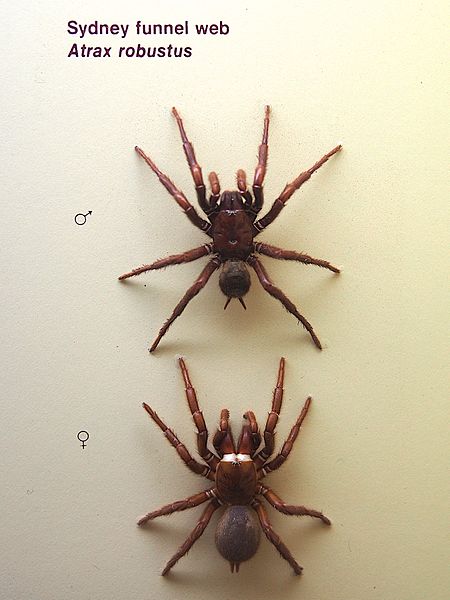-
3-minute read
-
9th December 2017
Fauna and Flora (aka What is Species Citation?)
Most of the wildlife in Australia is able to kill you. As such, wouldn’t it be nice if we had a way to classify animal and plant species so we know which ones are deadly?

(Photo: Successful4/Pixabay)
Sadly, this doesn’t exist yet. But we do have a system for naming and identifying wildlife of all kinds. It’s called ‘species citation’. In this post, we’ll explain how it works.
What Is Species Citation?
Species citation (also known as ‘author citation’) is a way of identifying species in academic writing. It is particularly common in taxonomy (i.e. the science of classifying organisms), but you will also find it in some zoological and botanical papers.
It is known as ‘author citation’ because references include the name of the person who named a species. In particular, they name the person who first established its scientific Latin name.
The rules for this depend on whether you’re citing an animal or a plant, though.
Zoological Citations
When writing about animals, the rules are set out in the International Code of Zoological Nomenclature. The basic format uses the Latin name of the species, followed by the name of its discoverer and the year it was discovered:
Atrax robustus O.P.-Cambridge, 1877, is among the world’s most venomous spiders.
Find this useful?
Subscribe to our newsletter and get writing tips from our editors straight to your inbox.
Subscribe to Beyond the Margins and get your monthly fix of editorial strategy, workflow tips, and real-world examples from content leaders.
Here, we give the initials and surname of Octavius Pickard-Cambridge, the zoologist who first described the species. After that, we just give the year the Latin name was published.

(Photo: Sputniktilt/wikimedia)
Botanical Citations
With plants, the full rules can be found in the International Code of Nomenclature for algae, fungi, and plants. At its most basic, all you need to do is give an abbreviated name of the person who discovered the species:
The strychnine tree Strychnos nux-vomica L. is a source of two poisons…
It is easy to miss the citation here if you’re not careful! It is actually the capital ‘L’ after the Latin name, which stands for ‘Linnaeus’ (i.e. Carl Linnaeus, who named thousands of species).

Most authors will have a longer abbreviation than this, but you can look up the correct names for botanical citations online (e.g. via the International Plant Name Index).